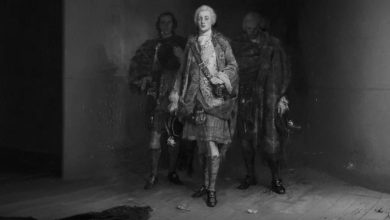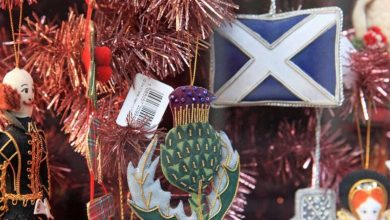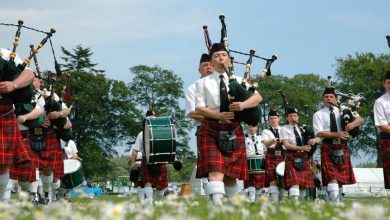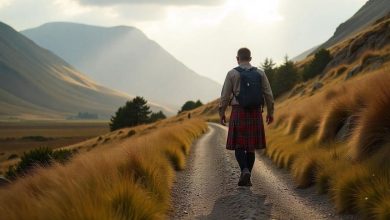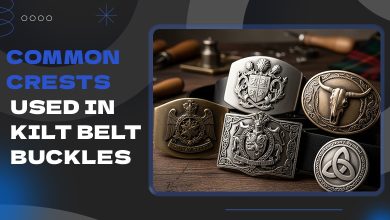Clan Robertson: Its History, Alliances, Feuds, etc

Clan Robertson is an ancient and important tribe of Scotland which has always been a good one for positive reasons. Thus the role of the clan in shaping Scottish culture is valid proof of our statement. Scots today must be grateful to the sons of Robertson because of the clan’s distinctive legacy, honor, and bravery. The fact that the tribe is still alive today, maintaining close links to its history while evolving in the present, is even amazing. This article aims to let you know everything about the Clan Robertson whether you want to know about its history or its part of today’s Scottish circumstances.
Origin of Clan Robertson
“Robertson,” translates to “son of Robert.” It is the family name that is supposed to have come from an ancestor named Robert, who was probably a well-known figure. Clan Robertson’s origins trace back to the harsh Scottish Highland times. The first symptoms of the clan are visible back in the 13th century during the early medieval era.
Moreover, the family’s loyalty to every Scottish ruler in different eras and their participation in all events whether it was the Scottish War of Independence or the Jacobite Rebellion proved the clan to be loyal to the country. These were the grounds making Clan Robertson one of the most respected Highland clans. Similarly, their role in different eras even if it is rebellion or feud with other attackers has been quite significant.
Famous Personalities of Clan Robertson

Like every other Scottish tribe, Clan Robertson has also produced a large number of popular individuals. These heroes have been prominent in different eras. Regarding some prominent names among them, we have a list of 100s. Here are some of the most popular among them:
Ewen Robertson (13th century): He was a prominent leader in the clan’s early history. His part in key battles strengthened the clan’s presence in the Scottish Highlands.
John Robertson of Strowan (16th century): He is still remembered as a hero in the Clan’s history because of being a powerful chief during the turbulent 1500s. His loyal nature made him and other clan members support the Scottish crown in every situation. Furthermore, he played a role in maintaining clan unity amidst civil strife.
Robert Robertson of Lude (17th century): Let us talk about another significant figure from the unstable circumstances of the 17th century. He is none other than Robert Robertson of Lude, a well-known state of Highland then and Scotland now. He supported the royalist cause during the Civil War and later became involved in Highland politics.
Sir Alexander Robertson (18th century): Sir Alexander Robertson remained a key participant in all Rebellion wars. He was famous for his exceptional leadership skills during the Jacobite rising of 1745. He keenly supported Bonnie Prince Charlie but could not succeed in the battles.
Alexander Gilbert Haldane Robertson of Struan (Current Chief): While discussing some famous figures from Clan Robertson, missing the current one might be unfair. Alexander Gilbert Haldane Robertson of Struan is the 23rd earl of the clan and succeeded his father’s seat in 1983. He is the youngest among all the siblings and the only son of the parents.
Clan Motto and Tartan Pattern
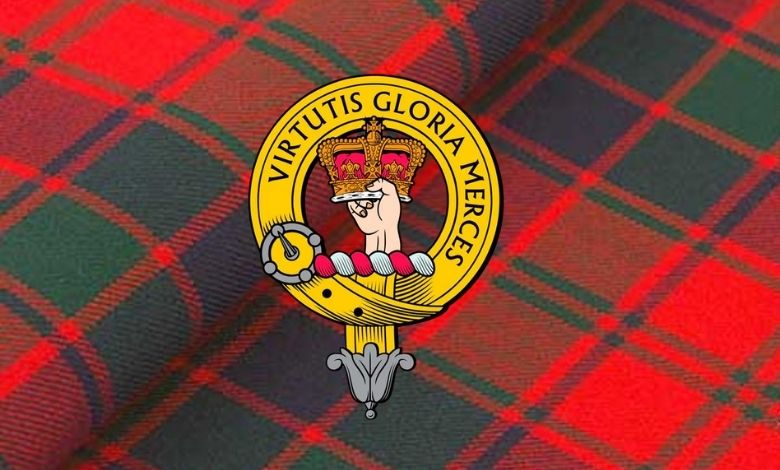
There were hundreds of clans in Scotland and all of them had their unique mottos and tartan patterns. If we specifically talk about Clan Robertson’s motto, it is “Virtutis Gloria Merces.” It translates to “Glory is the reward of valor.”
The phrase symbolizes the clan’s long history of heroism, honor, and its part from the Scottish War of Independence to the date. The Robertson tartan has a unique pattern of red, green, blue, and black stripes, frequently with red accents.
Robertson Tartan Color Theory
- Red is a color associated with military units.
- Green indicates the clan’s link to the Scottish Highlands
- Blue denotes devotion
- Black shows the clan’s power and tenacity.
In other words, this tartan proudly represents Clan Robertson’s legacy, emphasizing both its long history and strong Scottish roots.
If you want to buy Robertson Red Tartan Kilts, The Utility Kilt Shop has them. We provide this tartan kilt to everyone, regardless of gender or age.
Clan Robertson’s Role in Scottish History
No one can deny the contribution of Clan Robertson in preserving Scottish culture and history. It was Scotland’s oldest and most renowned clan. The clan always supported the Scottish rulers in every turbulent situation. Descendants of Clan Robertson marked their presence in all important events, including the wars with England.
Clan Robertson also has had an excellent contribution in the preservation of Scottish traditions. Their involvement is pretty common in the Gaelic language, music, and rituals. The clan’s chiefs were well-known for their strong leadership and courage. Clan Robertson had a positive recognition in devotion and pride in Scottish ancestry. It helps to preserve Scotland’s spirit during difficult times. Their impact may still be evident in modern Scottish culture.
Clan Robertson Today
Clan Robertson, also known as Clan Donnachaidh, still has a strong identity and a deep connection to its heritage to the day. The present chief and his family have a strong devotion towards the clan and keenly support the Donnachaidh Society. For betterment, they organize yearly reunions and social activities in the clan’s ancestral territory.
As a positive gesture, the clan members actively engage in these gatherings. They do whatever they can to preserve their tradition and develop a feeling of community. Duncanson, MacRobert, Reid, and many other names are approved by the clan.
In recent years, the chief has concentrated on fruit cultivation in southeast England, while retaining his position as clan leader, too. Despite current developments in Sydney Harbour, Clan Robertson continues to uphold its tradition and principles, with a rising global membership.
Final Opinion
Clan Robertson stands as one of the ancient clans in Scotland. The tribe have always been significant in Scottish welfare, no matter if it is a battle or preserve the Scottish traditions. The clan stood with Scottish rules in every rough and tough situation. Their excellence in war strategies is clear by their motto as well as tartan patterns. They still have an impact on Scottish society, while their clan gatherings after every specific time bring something new for betterment.
